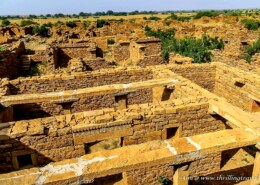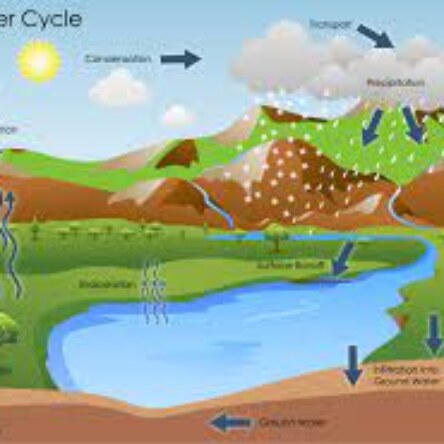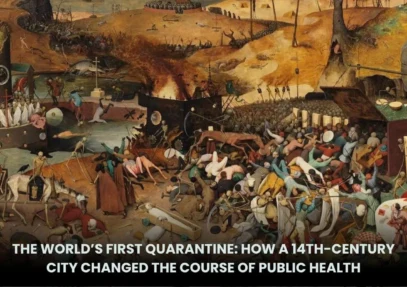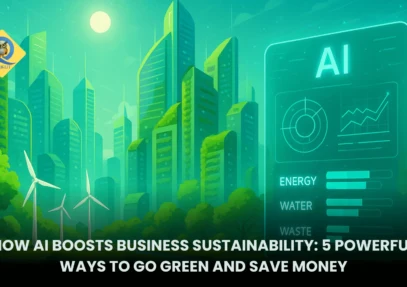How important is creativity in education?
Gravity is a fundamental force of nature that pulls objects with mass toward one another. It’s what keeps planets orbiting the Sun, makes things fall to the ground, and holds galaxies together. Key Features of Gravity Universal Attraction: Any two objects with mass exert a gravitational pull on eachRead more
Gravity is a fundamental force of nature that pulls objects with mass toward one another. It’s what keeps planets orbiting the Sun, makes things fall to the ground, and holds galaxies together.
Key Features of Gravity
- Universal Attraction:
- Any two objects with mass exert a gravitational pull on each other.
- The strength of this force depends on their masses and the distance between them (described by Newton’s Law of Gravitation).
- Einstein’s Perspective:
- In Einstein’s theory of General Relativity, gravity is not just a force but the curvature of spacetime caused by massive objects.
- Large masses like stars and planets bend spacetime, creating the effect we perceive as gravity.
- Everyday Effects:
- It keeps you grounded on Earth.
- It gives objects weight, which is the gravitational force Earth exerts on them.
- It governs the motion of celestial bodies, from moons to galaxies.
Without gravity, there would be no planets, no orbits, and no life as we know it!
See less








Creativity in education is essential as it fosters critical thinking, innovation, and problem-solving skills in students, enabling them to adapt and thrive in an ever-changing world. Here's a breakdown of its importance: 1. Enhances Problem-Solving Skills Creativity encourages students to think outsRead more
Creativity in education is essential as it fosters critical thinking, innovation, and problem-solving skills in students, enabling them to adapt and thrive in an ever-changing world. Here’s a breakdown of its importance:
1. Enhances Problem-Solving Skills
2. Promotes Innovation
3. Boosts Engagement and Motivation
4. Develops Emotional Intelligence
5. Builds Confidence
6. Encourages Collaboration
7. Prepares for the Future
8. Improves Academic Performance
Practical Ways to Incorporate Creativity in Education:
By prioritizing creativity, education can equip students with the skills needed to navigate and contribute meaningfully to an increasingly dynamic world.
See less